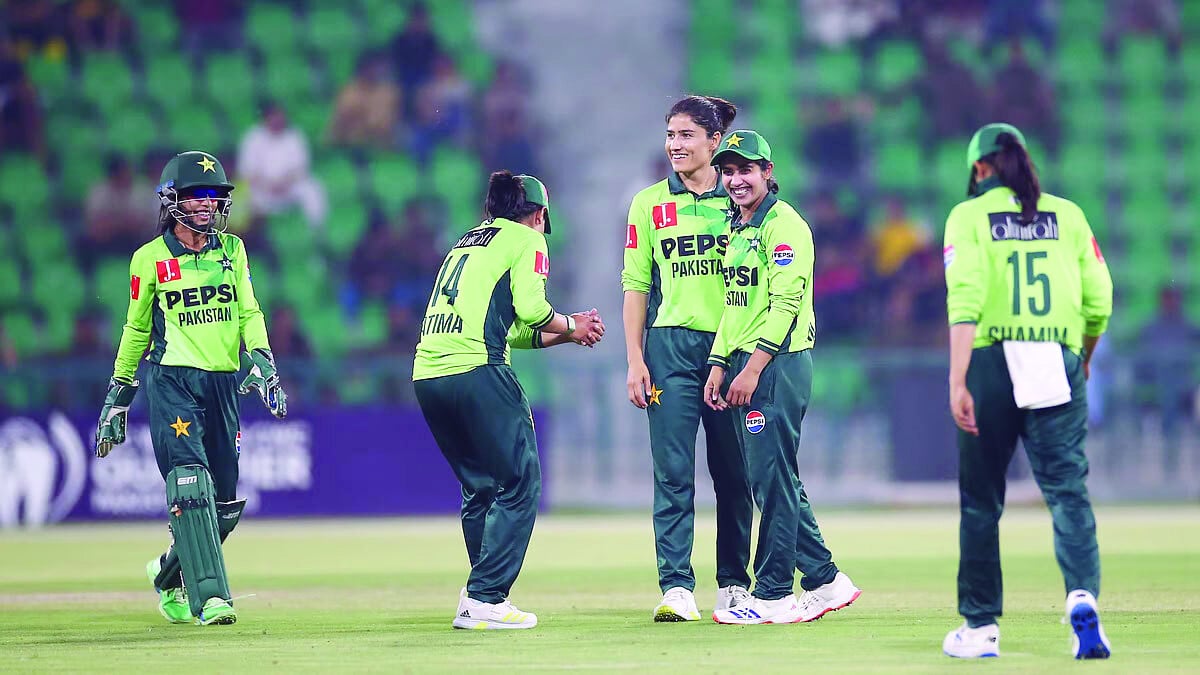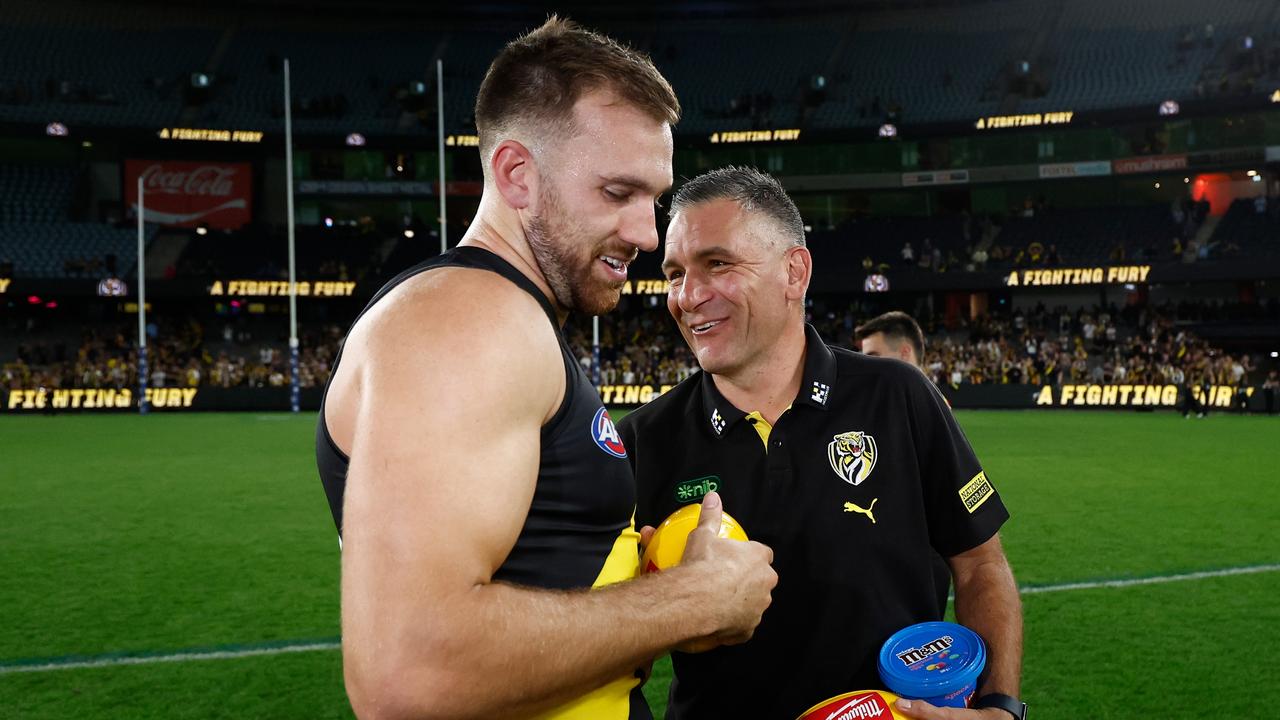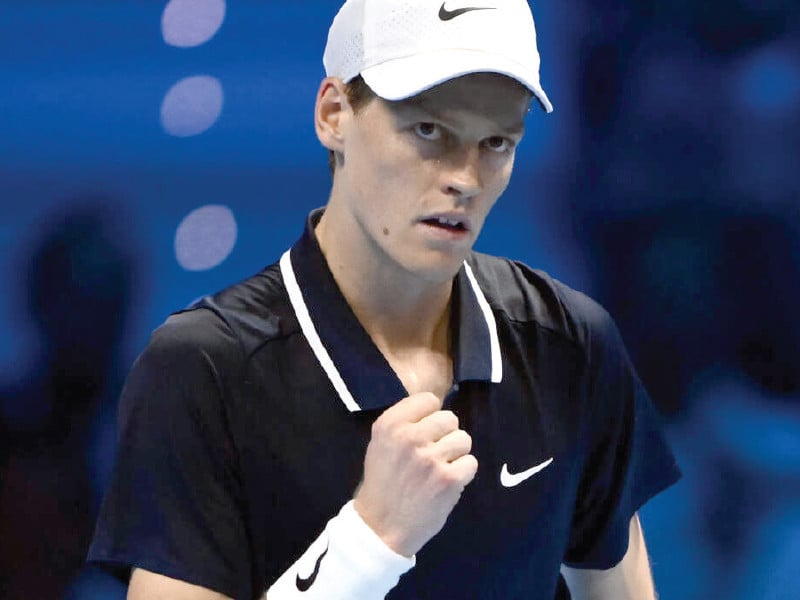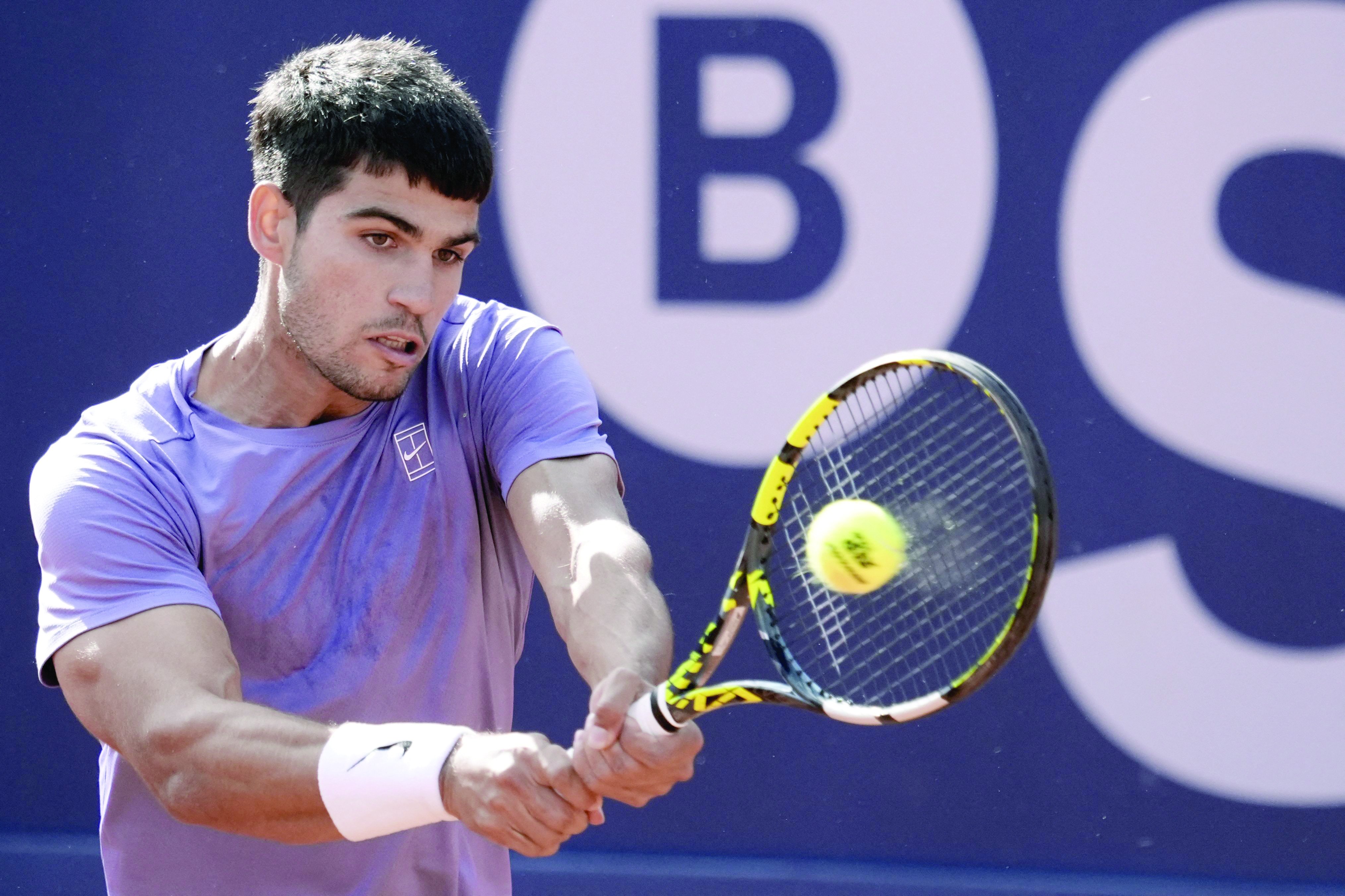The Olympics’ biggest spectator sport makes its Brisbane stadium pitch

Save Log in , register or subscribe to save articles for later. Save articles for later Add articles to your saved list and come back to them any time. Got it Normal text size Larger text size Very large text size The Games Independent Infrastructure and Coordination Authority is conducting the 100-day review of Olympic infrastructure. Read some of the submissions here. See all 10 stories . In the lead-up to the 2000 Sydney Olympics, the Gabba was redeveloped largely for the purpose of hosting Olympic soccer, leaving no legacy for the sport – cricket and AFL reaped the spoils. Determined to prevent history repeating, soccer has made its pitch to the 100-day Olympic infrastructure review for a permanent legacy in Brisbane. In a joint submission, Football Queensland and Football Australia – the sport’s state and national governing bodies – have put forward a master plan for Brisbane 2032 that goes beyond just the ambitions of soccer. They call for a new 60,000-seat oval stadium and aquatic centre at Victoria Park, a Suncorp Stadium upgrade, and a new 15,000-seat arena. But the holy grails for soccer would come with the redevelopment of Perry Park into a boutique stadium for the Games, and the creation of a 10-pitch high-performance “State Home of Community Football” at FQ’s Meakin Park headquarters in Slacks Creek. In their submission, FQ and FA say football is Queensland’s largest club-based participation sport, with more than 350,000 active players – more than both rugby codes and Australian rules combined.AdvertisementIt also sells more tickets at Olympic Games than any other sport, largely due to its ability to be played in large stadiums across a host nation, as happened when the Gabba hosted matches in 2000. Queensland led Australia in grassroots growth, they say, and the state was well represented in national team squads – “especially following the Matildas’ historic fourth-place finish at the 2023 FIFA Women’s World Cup”. “Nevertheless, despite this momentum, Queensland’s football infrastructure is critically insufficient to meet current demands, let alone the requirements for the successful delivery of the Olympic Football Tournament during the Brisbane 2032 Olympic and Paralympic Games,” the governing bodies say in their submission. “Strategic investment in football infrastructure will not only enable the successful delivery of the Games but also create a lasting legacy of modern, fit-for-purpose venues that will serve Queensland communities for generations to come.” The submission has the backing of Brisbane Roar, the Australian Professional Leagues (A-Leagues), the Asian Football Confederation, the Oceania Football Confederation, the ASEAN Football Federation, and the Professional Footballers Australia players’ union. Football Australia chief executive James Johnson said it also had “in principle support” from FIFA.AdvertisementAt the heart of the submission is a boutique “tier two” stadium at Perry Park in Bowen Hills, which could hold 17,000 spectators and scale up with temporary seating during the Games. Perry Park would form part of a master-planned sports precinct extending from Victoria Park, about 1.5 kilometres to the south-west. The submission estimates a cost of up to $200 million. Football Queensland’s proposal for a “tier-two” stadium at Perry Park. Credit: Populous “We’re talking about a stadium that, for the Olympics purpose, can be up to 30,000 people that would attend, which is a good football-sized piece of infrastructure,” Johnson said. “But then beyond the Olympics, full legacy, it’s a stadium that the Brisbane Roar could utilise. “It’s also a stadium for national teams as well, because of the overuse of Suncorp.”AdvertisementOn that point, Johnson revealed Brisbane had missed out on Matildas and Socceroos matches due to the lack of venue options in the city. “There are instances, and I’m saying this on the record, when we look around at where we can put Socceroos or Matildas content, where we actually have to disregard Brisbane sometimes because of the size of [Suncorp] stadium,” he said. “If it’s a round-two qualifier, for instance, against a weaker nation like Bangladesh, where we were not confident of getting to the 50-plus [thousand] numbers, if we want to be in a stadium with great atmosphere, we’re looking for something about half the size of that.” Football Australia chief executive James Johnson. Credit: Glenn Hunt/Getty Images Even for bigger matches, Johnson said, Brisbane was often overlooked due to Suncorp Stadium’s congested events calendar. “Suncorp Stadium is heavily used, particularly during the NRL season, and in a sport that requires a good playing condition, if it’s overused, we can’t go there because we want the pitch to be in top condition,” he said. The stadium would be designed to host various rectangular sports, but even without other codes, Football Queensland chief executive Rob Cavallucci said Perry Park would be well used.Advertisement“The content volume that we have now that could utilise a tier-two stadium is 149 individual pieces of content, which is staggering,” he said. “That’s why there are high levels of justification for the need from a football perspective – and that’s only football content, by the way. “That’s not other content opportunities that might come from other rectangular sports or concerts.” A crowd of 3712 packed into Perry Park on the weekend to watch a women’s A-League match between Brisbane Roar and Adelaide United – a club record. A club record 3712 fans packed into Perry Park to watch the Brisbane Roar v Adelaide United A-League Women’s match on Sunday. Credit: Brisbane Roar The submission takes a big-picture view of Games planning.Advertisement




.jpg)







